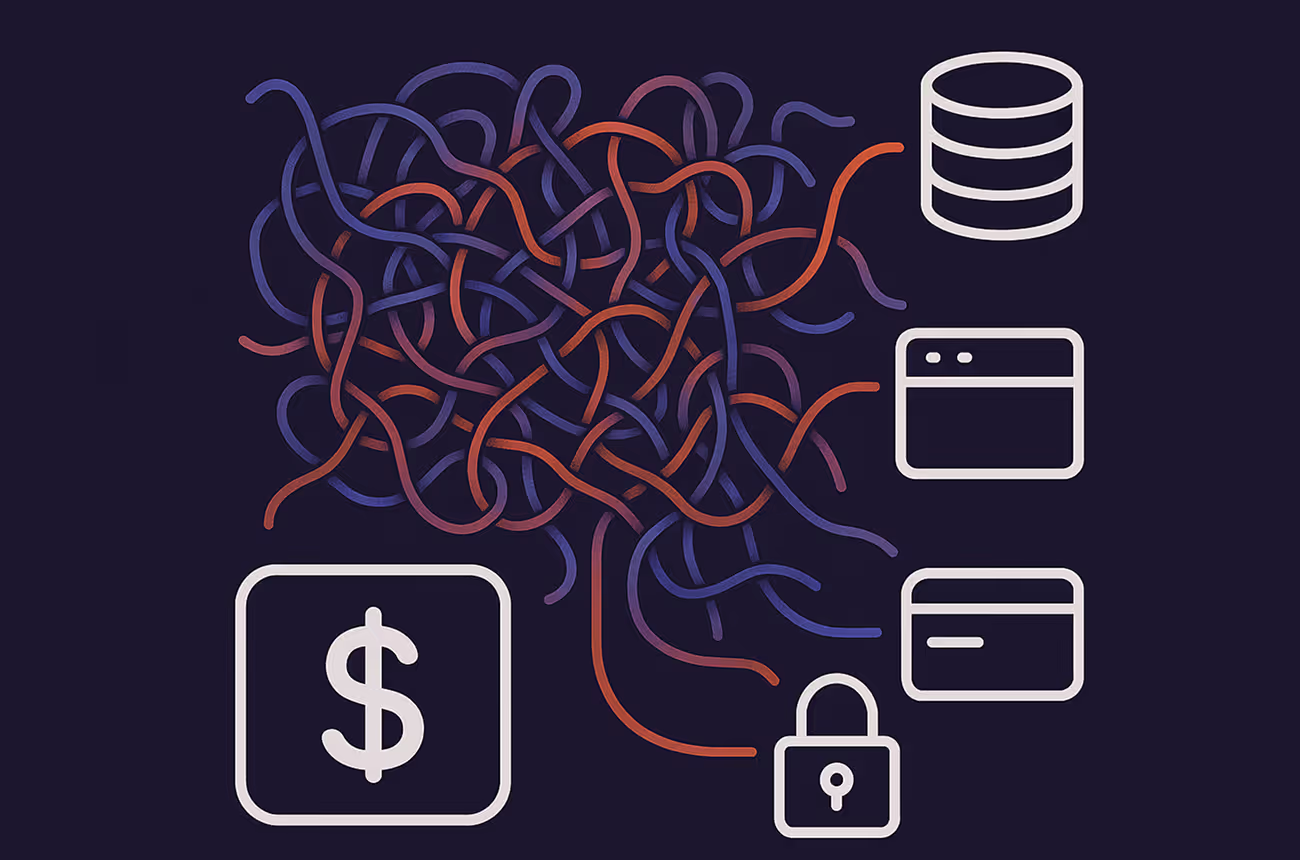🐌 Why Cross-Border Payments Are Still Slow in 2025
🐌 Instant Payments (Just Give Us 3–5 Business Days)
— Why Cross-Border Transactions Still Feel Like Sending a Postcard
"It’s 2025. You can stream a movie from Iceland to Indonesia in milliseconds.
But sending $500 from Lisbon to Lagos? Good luck."
💸 The Lie We Keep Repeating: "It's Instant"
In marketing brochures, cross-border payments are fast, seamless, and transparent.
In reality, they’re often delayed, opaque, and frustrating.
If you've ever waited three business days to send money from Europe to Africa — only to be told “we’re checking with our correspondent bank” — you're not alone.
The promise of instant global money movement is one of fintech’s favorite myths.
And it's time we called it out.
🌍 So, What’s Actually Going On?
Let’s break down why “instant” cross-border payments are still a fantasy for many regions:
1. Legacy Rails Rule the World
- SWIFT and correspondent banking still underpin a massive portion of global money movement.
- Some systems were literally built in the 70s. Not joking.
2. The Currency Conversion Maze
- Money doesn’t just move — it morphs.
- FX providers, intermediaries, and compliance checks all add friction (and fees).
3. The Compliance Bottleneck
- Sanctions screening, AML, KYC, KYB, KYT, GDPR, PEP lists — a regulatory salad.
- The more exotic the corridor, the more manual the process.
4. "Coverage" Is Not the Same as "Speed"
- Just because a PSP supports a region doesn’t mean it’s fast there.
- Behind the scenes: third-party APIs, nested providers, and… spreadsheets.
🤖 But Wait, What About Real-Time Payments?
Yes, RTP networks are growing — from India’s UPI to Brazil’s Pix to Europe’s SEPA Instant.
But here’s the twist: these systems are mostly domestic.
Once your transaction crosses a border, it usually drops off a cliff — straight into:
- Batch processing
- Legacy banking rails
- Manual reconciliation
- And sometimes… the void
🧩 Who’s Trying to Fix It?
- Visa Direct / Mastercard Send — great on paper, but mostly consumer-focused.
- Ripple / Stellar / blockchain rails — promising tech, but real-world adoption is patchy.
- Wise / Revolut / Nium / Airwallex — rebuilding from scratch, with limited reach outside of Tier 1 corridors.
- Alternative local schemes — powerful, but fragmented and often unscalable for merchants.
⚠️ What This Means for Merchants
For businesses operating globally — especially in high-volume or high-risk verticals — these gaps are critical:
- Cash flow suffers from slow payouts.
- Customer support explodes when funds "disappear".
- Trust erodes with every failed SLA.
And the worst part?
Your customers don’t care why it’s slow — only that it is.
✅ What Can Be Done (Today)
You can’t fix the world, but you can optimize your stack:
- Choose PSPs with direct local integrations, not just “coverage”.
- Demand end-to-end visibility, not just vague statuses.
- Implement tiered routing: prioritize speed where it matters, settle slow where it doesn’t.
- Educate clients: “Instant” is possible — in some places, under some conditions. Be honest.
🐌 "Instant payments" are real — until they cross a border.
Then they turn into a waiting game no one signed up for.
In 2025, it’s not just about speed.
It’s about honesty, transparency, and smarter infrastructure.
Because if it still takes 3–5 business days to move money in a real-time world…
We’re not innovating.
We’re just renaming the delay.
Latest Post

July 14, 2025
Explore how rising complexity is breaking modern payment infrastructure — and what fintechs can do to build faster, simpler, and more reliable systems.

June 27, 2025
An honest look at why fintech UX remains clunky in 2025—plus practical ideas to make digital payments smooth, human, and actually enjoyable.

July 7, 2025
Smart fraud systems are blocking real customers. Learn why payments fail and how to fix false declines—without risking security



